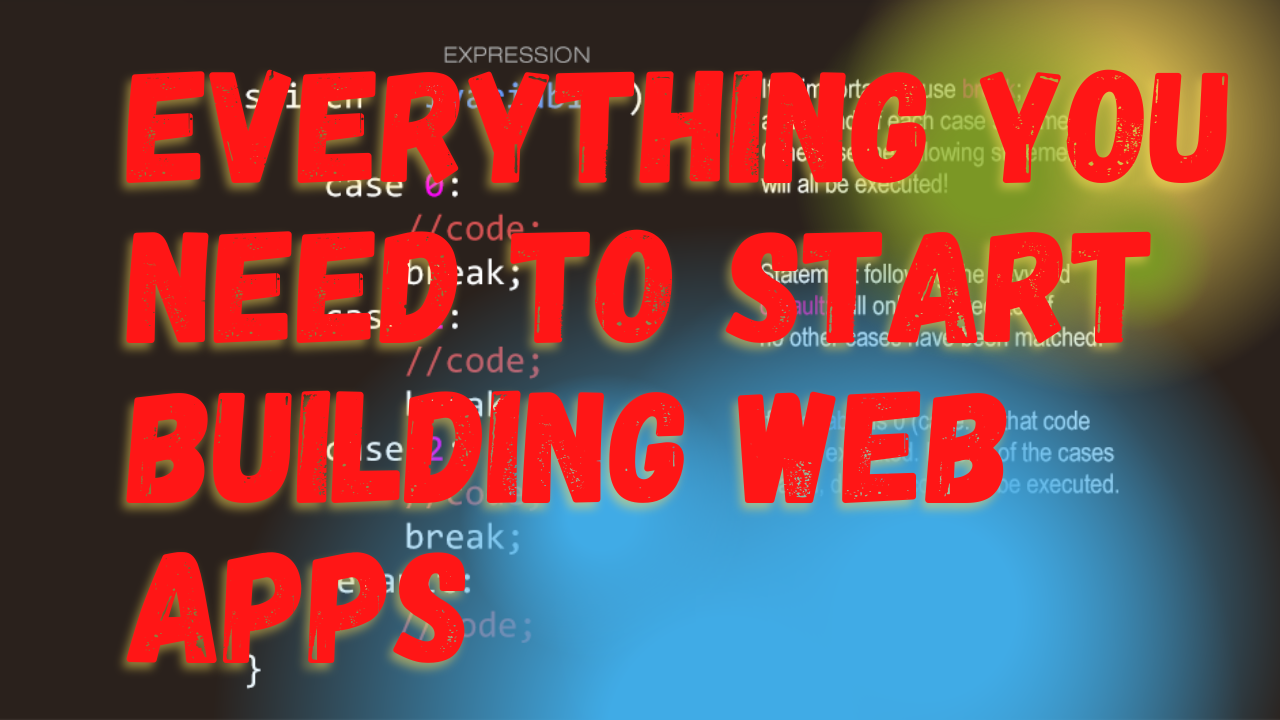Introduction Embark on your web development journey with Laravel, the powerful PHP framework that's designed to help you build web applications faster and more efficiently. In this guide, we'll cover the fundamental concepts and tools you need to start creating your own web apps with Laravel in 2024.
What Makes Laravel Special? Laravel is not just any PHP framework—it's a comprehensive tool that streamlines the use of complex functionalities essential for modern web development, such as routing, sessions, caching, and authentication. Its elegant syntax and robust features have made Laravel incredibly popular among developers around the world.
Setting Up Your Laravel Development Environment Before you dive into coding, you need a proper setup:
-
Install PHP: Ensure you have PHP 7.4 or higher installed on your machine. You can check your PHP version by running
php -vin your terminal. -
Install Composer: Composer is a dependency manager for PHP, allowing you to install Laravel and other PHP packages. Download and install it from getcomposer.org.
-
Create a Laravel Project: Once Composer is installed, run the following command to create a new Laravel project:
composer create-project --prefer-dist laravel/laravel myWebApp -
Start the Laravel Server: Go to your project directory and start the Laravel development server:
cd myWebApp php artisan serveThis will make your application accessible at http://localhost:8000.
Exploring Laravel's Structure Understanding Laravel's directory structure is crucial for effective development:
- /app: Contains the core code of your application.
- /resources: Where your views, raw assets, and localization files reside.
- /routes: Holds all your route definitions, which is where you define URLs for your app.
- /config: Stores configuration files, like database settings.
Crafting Your First Route and View Let’s create a simple route and corresponding view:
-
Define a Route: Open
routes/web.phpand add:Route::get('/hello', function () { return view('hello'); }); -
Create a View: Make a new file in
resources/viewsnamedhello.blade.phpand add:<!DOCTYPE html> <html> <head> <title>Hello, Laravel!</title> </head> <body> <h1>Hello, World!</h1> </body> </html> -
Visit Your Route: Open your web browser and go to http://localhost:8000/hello to see your new page.
Understanding MVC Architecture Laravel follows the Model-View-Controller (MVC) architecture, enhancing the organization of your code:
- Model: Manages the data logic. Laravel uses Eloquent ORM for elegant database operations.
- View: Where your application's user interface is defined.
- Controller: Acts as an intermediary between models and views, handling the business logic.
Why Continue Learning Laravel? As you dive deeper into Laravel, you'll discover advanced features like middleware, service providers, and the powerful Blade templating engine. Each component offers tools to make your web development smoother and more scalable.
Conclusion Laravel equips you with all the tools you need to build robust and advanced web applications efficiently. With its elegant syntax and comprehensive ecosystem, Laravel ensures that your development process is not only productive but also enjoyable.
About FreeCoderTeam.com At FreeCoderTeam.com, we provide cutting-edge tutorials and comprehensive guides to help developers stay ahead in the rapidly evolving tech landscape. Visit us for more insights and tips on Laravel and other leading technologies.
Call to Action Ready to enhance your coding skills? Join our community at FreeCoderTeam.com and stay updated with the latest programming trends and tutorials.
This post provides a beginner-friendly introduction to Laravel, including how to set up the development environment, understand Laravel's structure, and start building with basic routes and views. The content is structured to be SEO-friendly with targeted keywords, useful headings, and a compelling call to action.




